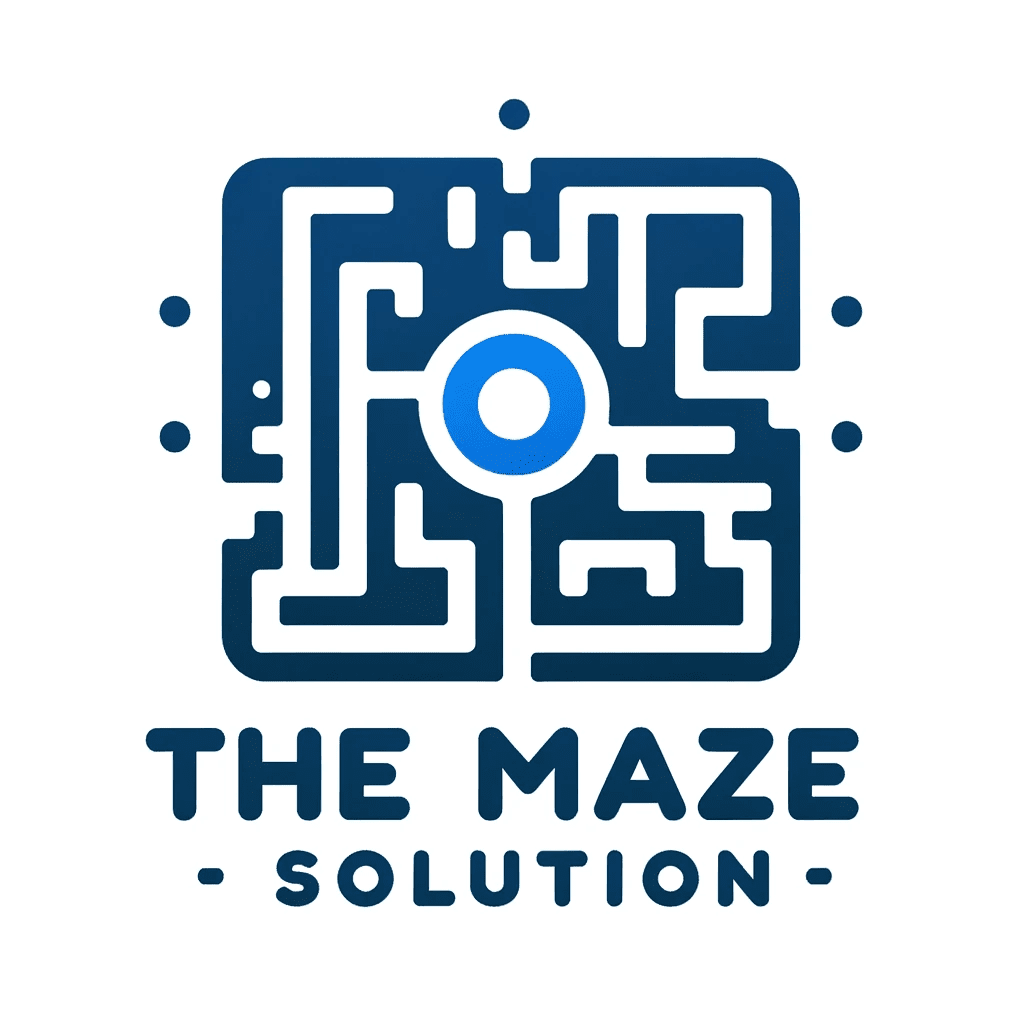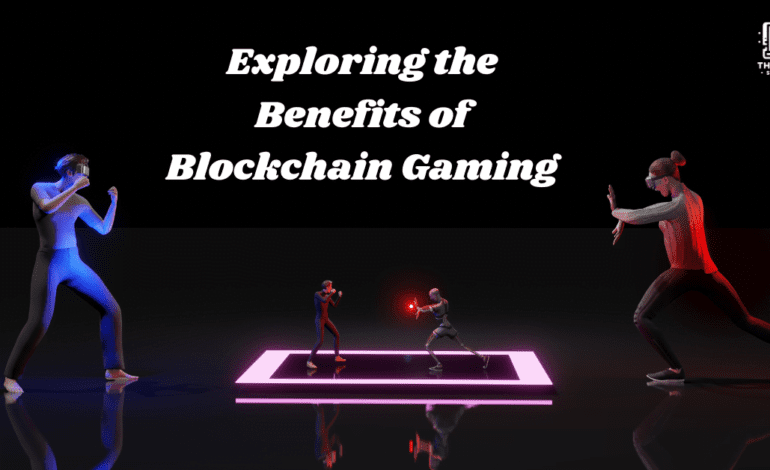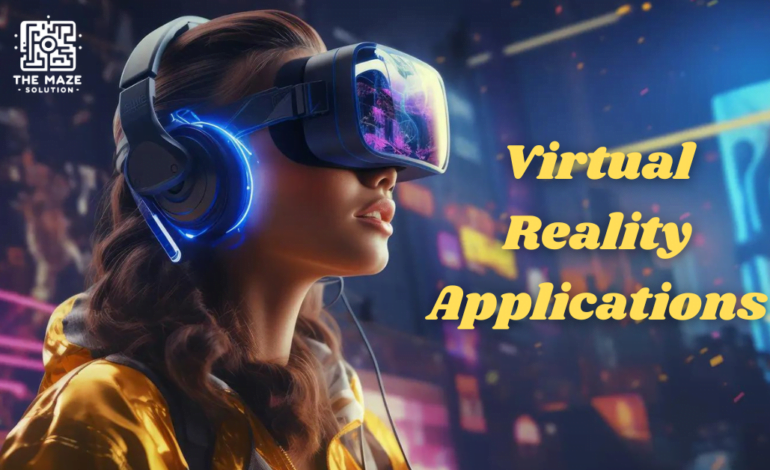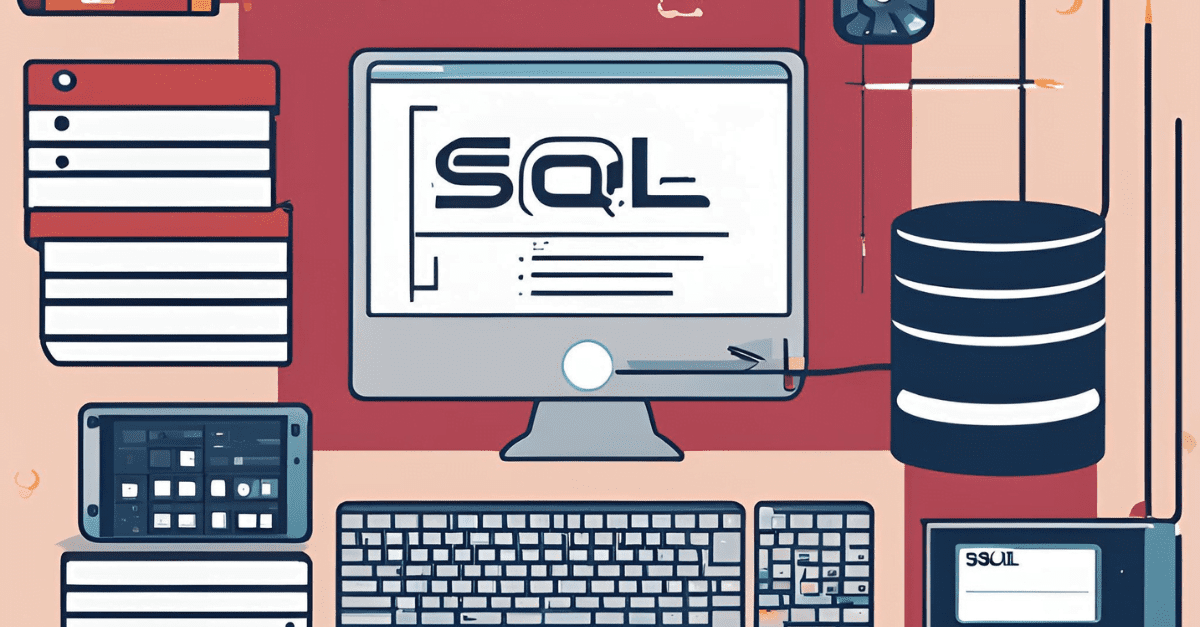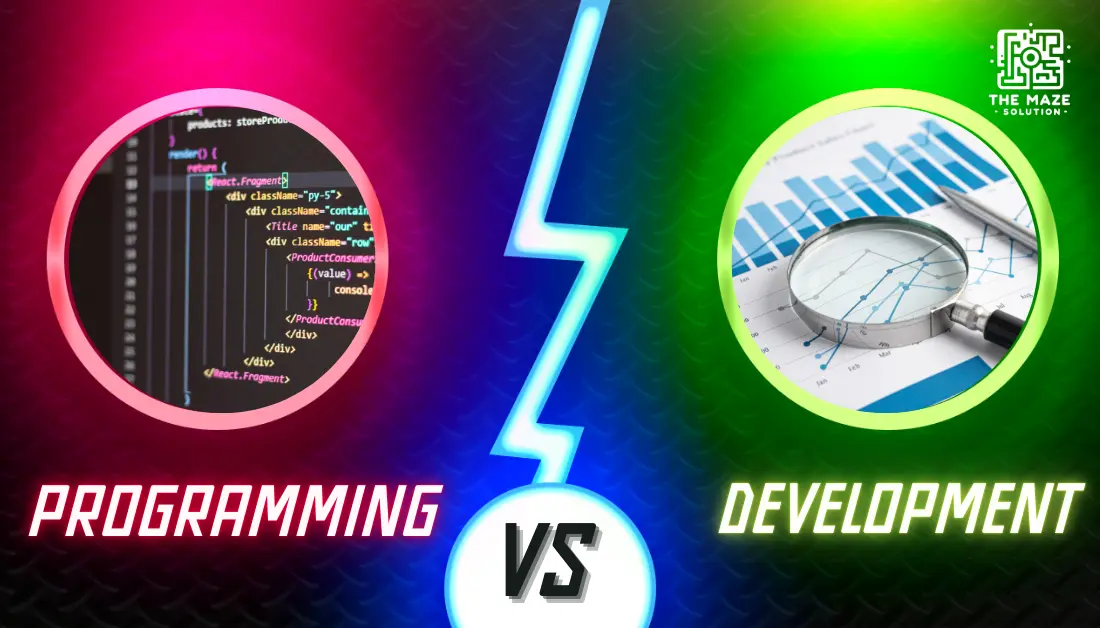5G Technology and Its Transformative Impact on Everyday Life
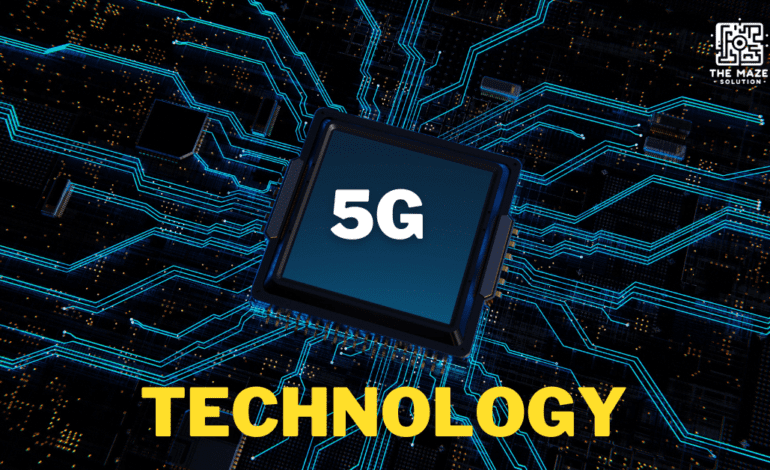
As the digital landscape continues to evolve, 5G technology stands at the forefront of this transformation, promising to revolutionize how we live, work, and interact with the world around us. The fifth generation of wireless technology, known as 5G, is not just an upgrade from its predecessor, 4G. It represents a significant leap forward, offering unprecedented speed, connectivity, and efficiency. In this blog, we will explore the impact of 5G on everyday life, delve into the infrastructure that supports it, examine specific use cases, and understand its overall impact on our daily routines.
Understanding 5G Technology
What is 5G Technology?
5G, or the fifth generation of mobile network technology, represents a significant leap forward from its predecessor, 4G LTE. It is designed to meet the increasing demands for data and connectivity in our rapidly evolving digital landscape. The primary goals of 5G are to provide higher data speeds, significantly reduce latency, and improve the reliability of mobile connections.
Key Features of 5G Technology
- Higher Data Speeds:
- Enhanced Mobile Broadband (eMBB): 5G technology is capable of delivering data speeds that are up to 100 times faster than 4G. This is achieved through the use of wider frequency bands and advanced antenna technologies. Users can expect download speeds ranging from 1 Gbps to 10 Gbps, which makes high-definition streaming, online gaming, and large file transfers almost instantaneous.
- Frequency Spectrum: 5G operates across a broader range of frequencies. It includes the traditional low-band spectrum used by previous generations, which provides wide coverage and good penetration through obstacles like buildings. Additionally, 5G utilizes the mid-band spectrum, offering a balance between coverage and capacity, and the high-band spectrum, known as millimeter waves, which provide the highest data speeds and capacity but have a shorter range.
- Lower Latency:
- Ultra-Reliable Low Latency Communication (URLLC): One of the standout features of 5G is its significantly reduced latency, which is the time it takes for data to travel from one point to another. 5G aims to reduce latency to as low as 1 millisecond (ms), compared to around 30-50 ms in 4G networks. This near-instantaneous response time is critical for applications that require real-time communication, such as autonomous vehicles, remote surgeries, and online gaming.
- Increased Reliability:
- Massive Machine-Type Communication (mMTC): 5G networks are designed to connect a vast number of devices simultaneously with high reliability. This capability supports the Internet of Things (IoT), where everyday objects, from household appliances to industrial machines, are connected and communicate with each other. The reliability and efficiency of 5G ensure that these devices can operate seamlessly and effectively.
Millimeter Waves and Frequency Spectrum
- Millimeter Waves: One of the key technologies enabling the high performance of 5G is the use of millimeter waves (mmWave). These waves operate at frequencies between 24 GHz and 100 GHz, much higher than the frequencies used by 4G and earlier generations. Millimeter waves can carry more data at faster speeds because of their high frequency. However, they have a shorter range and are more easily obstructed by buildings and other obstacles. To address this, 5G networks use a dense network of small cells and advanced beamforming techniques to direct signals precisely to where they are needed.
- Spectrum Utilization: 5G makes use of a variety of frequency bands to balance coverage, capacity, and speed. The low-band spectrum (below 1 GHz) provides broad coverage and better penetration, ideal for rural areas. The mid-band spectrum (1-6 GHz) offers a balance of speed and coverage, suitable for urban and suburban areas. The high-band spectrum (above 24 GHz) provides ultra-high speeds and capacity, perfect for dense urban environments and specific high-demand applications.
Supporting the Growing Demands
The shift towards 5G technology is driven by the exponential growth in data consumption and the increasing number of connected devices. As more people use smartphones, tablets, and other smart devices, the demand for faster and more reliable internet connectivity continues to rise. Additionally, emerging technologies such as augmented reality (AR), virtual reality (VR), and autonomous systems require the high data speeds and low latency that 5G can provide.
Critical Communications: Applications that require ultra-reliable and low-latency communication (URLLC) will see significant improvements with 5G. This includes autonomous vehicles, remote medical procedures, and mission-critical services that depend on real-time data exchange and high reliability.
Data-Intensive Applications: Applications such as 4K and 8K video streaming, cloud gaming, and real-time data analytics require the high-speed and low-latency capabilities of 5G. These applications will benefit from the enhanced mobile broadband (eMBB) services offered by 5G.
Internet of Things (IoT): The IoT ecosystem, comprising billions of connected devices, sensors, and machines, relies on reliable and efficient communication networks. 5G’s massive machine-type communication (mMTC) capabilities ensure that these devices can operate effectively, supporting smart homes, smart cities, and industrial automation.
The Impact of 5G on Everyday Life
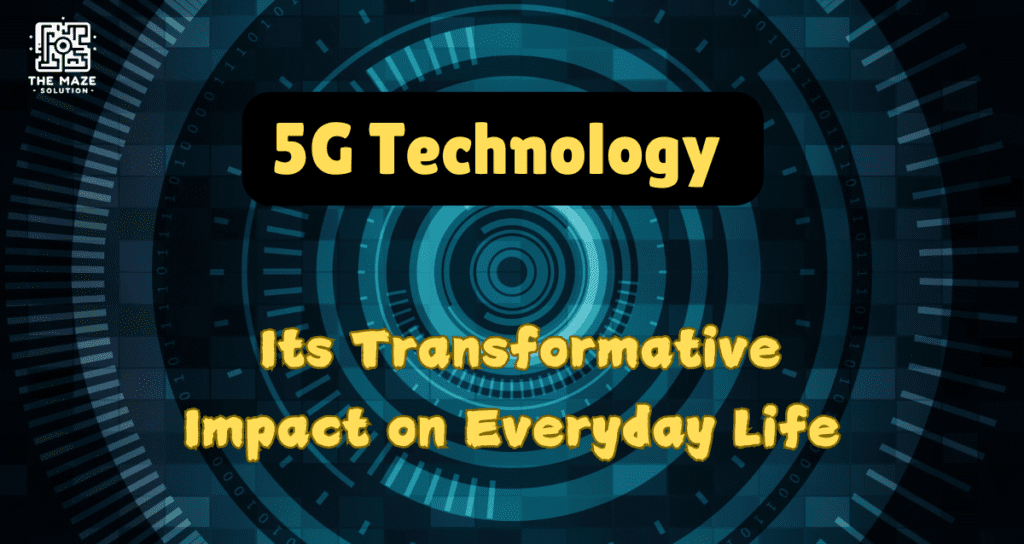
The impact of 5G on everyday life is profound and multifaceted. Here are some key areas where 5G is making a significant difference:
- Enhanced Mobile Experience: With 5G, users can expect faster download and upload speeds, smoother streaming of high-definition content, and more responsive mobile applications. This improvement enhances the overall user experience, making activities such as video calls, online gaming, and media consumption more enjoyable.
- Smart Cities and Homes: 5G technology plays a pivotal role in the development of smart cities and homes. By providing reliable and high-speed connectivity, 5G enables the integration of various smart devices and systems, including smart thermostats, security cameras, and lighting controls. This connectivity fosters greater automation and efficiency in managing urban and residential environments.
- Telemedicine and Remote Healthcare: One of the most transformative impacts of 5G is in the field of healthcare. Telemedicine services benefit from 5G’s low latency and high-speed data transfer, allowing for real-time consultations, remote diagnostics, and more effective management of chronic conditions. This advancement improves access to healthcare, especially in remote or underserved areas.
- Autonomous Vehicles: The development of autonomous vehicles relies heavily on 5G technology. The low latency and high reliability of 5G are essential for enabling real-time communication between vehicles and infrastructure. This technology supports advanced driver-assistance systems, enhancing safety and paving the way for fully autonomous driving.
5G Infrastructure: The Backbone of Connectivity
The 5G infrastructure is a critical component in delivering the promises of 5G technology. It comprises several key elements:
- Cell Towers and Small Cells: 5G networks utilize a combination of traditional cell towers and small cells to provide extensive coverage and high capacity. Small cells are particularly important for handling the higher frequency bands used by 5G, which have a shorter range and require more frequent deployment.
- Network Slicing: This feature of 5G infrastructure allows for the creation of multiple virtual networks on a single physical network. Each slice can be customized to meet specific requirements, such as high-speed data for streaming or low latency for real-time applications. Network slicing enhances the efficiency and flexibility of the network.
- Edge Computing: Edge computing is an integral part of 5G infrastructure, bringing computing resources closer to the end user. This reduces latency and improves the performance of applications that require real-time processing, such as augmented reality (AR) and virtual reality (VR) experiences.
Real-Life 5G Use Cases
Smart Agriculture
Smart agriculture leverages 5G technology to revolutionize farming practices by integrating advanced technologies such as IoT sensors, drones, and automated machinery. Here’s how 5G is making a significant impact:
- Precision Farming: 5G-enabled sensors are deployed across agricultural fields to collect real-time data on various parameters such as soil moisture, nutrient levels, temperature, and humidity. This data is transmitted instantly to cloud-based platforms where it is analyzed to provide actionable insights. Farmers can use these insights to make informed decisions about irrigation, fertilization, and pest control, optimizing resource usage and improving crop yields.
- Drones and Robotics: Drones equipped with high-resolution cameras and sensors can fly over fields to monitor crop health, identify pest infestations, and assess damage from extreme weather events. 5G ensures that the data collected by drones is transmitted quickly and accurately, allowing for immediate intervention. Additionally, automated machinery, such as robotic harvesters, can operate more efficiently with 5G connectivity, performing tasks like planting, weeding, and harvesting with precision.
- Environmental Sustainability: By providing precise information on crop conditions, 5G technology helps reduce the overuse of water, fertilizers, and pesticides, promoting sustainable farming practices. This leads to less environmental impact and better conservation of resources.
Augmented and Virtual Reality (AR and VR)
5G’s high-speed connectivity and low latency are pivotal in advancing AR and VR technologies, offering immersive and interactive experiences across various sectors:
- Entertainment: In the entertainment industry, 5G enables the streaming of high-quality VR content without lag, providing users with seamless and immersive experiences. This includes VR gaming, virtual concerts, and interactive movies where users can engage in real-time with virtual environments and characters.
- Education and Training: AR and VR are transforming education and training by creating interactive and engaging learning environments. For example, medical students can use VR simulations to practice surgeries, engineers can train on virtual replicas of machinery, and students can explore historical sites or scientific concepts in a 3D space. 5G’s low latency ensures that these experiences are smooth and responsive, enhancing the learning process.
- Retail and E-commerce: AR applications allow customers to visualize products in their real environment before making a purchase. For instance, furniture retailers can offer AR apps that let users see how a piece of furniture would look in their home. Similarly, fashion retailers can use AR to provide virtual try-on experiences. 5G enhances these applications by providing fast and reliable connectivity, making the virtual experience as realistic and seamless as possible.
Industrial Automation
5G is a game-changer in industrial automation, enabling the deployment of smart machinery and robots that communicate seamlessly and operate more efficiently:
- Smart Factories: In manufacturing, 5G connectivity supports the concept of smart factories where machines, sensors, and systems are interconnected and communicate in real-time. This allows for better coordination, monitoring, and control of manufacturing processes, leading to increased productivity and reduced downtime. For example, if a machine detects a potential failure, it can immediately notify maintenance staff and other connected machines to adjust production schedules accordingly.
- Autonomous Robots: 5G enables the use of autonomous robots in industrial settings. These robots can perform tasks such as assembling products, transporting materials, and conducting quality inspections with high precision and speed. The low latency of 5G ensures that these robots can respond to commands and changes in their environment instantly, enhancing their efficiency and safety.
- Supply Chain Management: 5G technology improves supply chain management by providing real-time tracking and monitoring of goods and materials. Sensors and RFID tags connected via 5G can provide continuous updates on the location, condition, and status of inventory, ensuring better inventory control and reducing the risk of loss or damage.
Conclusion
5G technology is set to transform everyday life in ways that were previously unimaginable. From enhancing mobile experiences and enabling smart cities to revolutionizing healthcare and autonomous vehicles, the impact of 5G is profound and far-reaching. The supporting 5G infrastructure, including cell towers, small cells, and edge computing, is crucial in realizing these benefits. As we continue to explore and implement 5G use cases, the potential for innovation and improvement in our daily lives is boundless. The future is here, and 5G is at the heart of it, driving us towards a more connected and efficient world.
